Top Things to Know Before Buying an Apartment Garden
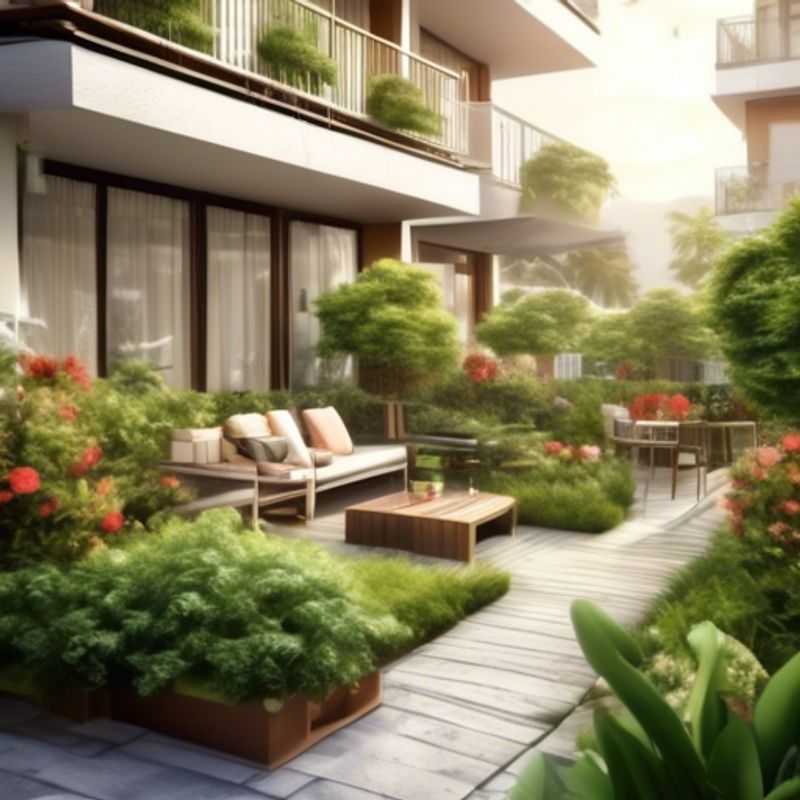
Top Things to Know Before Buying Apartment Garden: From Zoning Laws to Choosing the Right Plants
Dreaming of a flourishing oasis on your balcony? Before you dive headfirst into the world of apartment gardening, there are a few essential things to consider. Let's delve into the practicalities, shall we?
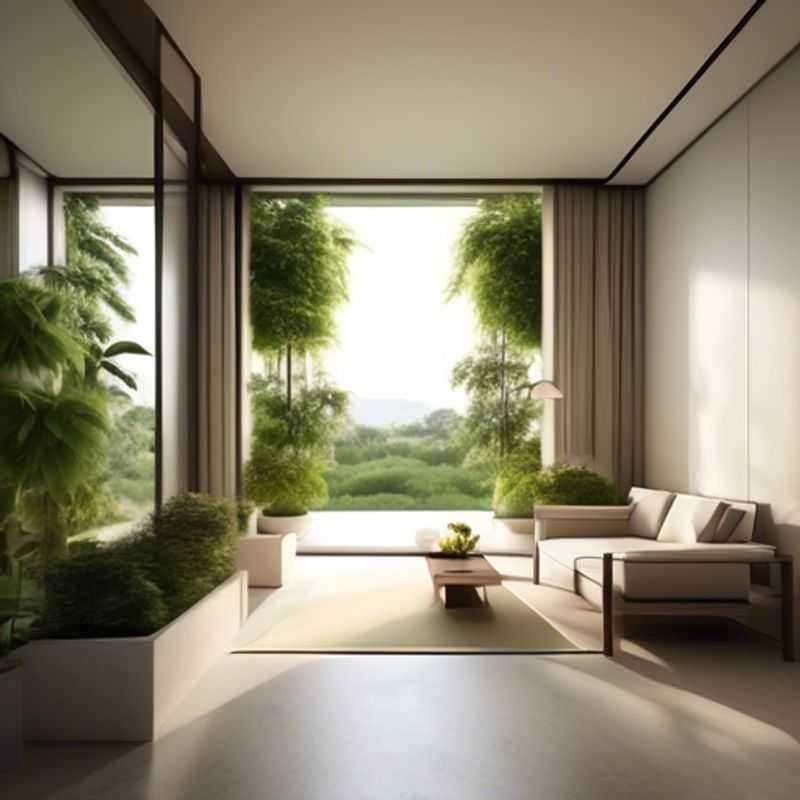
Cultivating Your Urban Oasis: A Guide to Zoning Laws for Apartment Gardens
Before planting a garden in your apartment, it's crucial to research local zoning laws and regulations. These laws vary by city and neighborhood. Understanding these regulations is essential to avoid fines or legal issues.
Here are some key aspects to explore:
1. Zoning Codes: Check your city's zoning codes. These codes dictate permitted land use, including garden spaces. Some zones may restrict gardening or have specific requirements for size and type of plants.
2. HOA Regulations: If you live in a community with a homeowner's association (HOA), review their rules. HOAs often have regulations governing landscaping, including garden areas.
3. Building Codes: Explore local building codes related to structures and alterations. Certain types of garden structures like raised beds or trellises might require permits or inspections.
4. Water Use Restrictions: Investigate water conservation laws and regulations. Some areas have limitations on watering schedules or types of irrigation systems.
5. Waste Management: Be aware of rules for yard waste disposal. Composting or disposal of garden debris might have specific guidelines.
6. Permits and Fees: Depending on the scope of your garden, you may need to obtain permits. Permit fees vary based on your location and project size.
To find your city's zoning codes, building codes, and HOA regulations, check your local government website or contact your city planning department. Consult with a lawyer or legal professional if you have specific questions or concerns about the regulations.
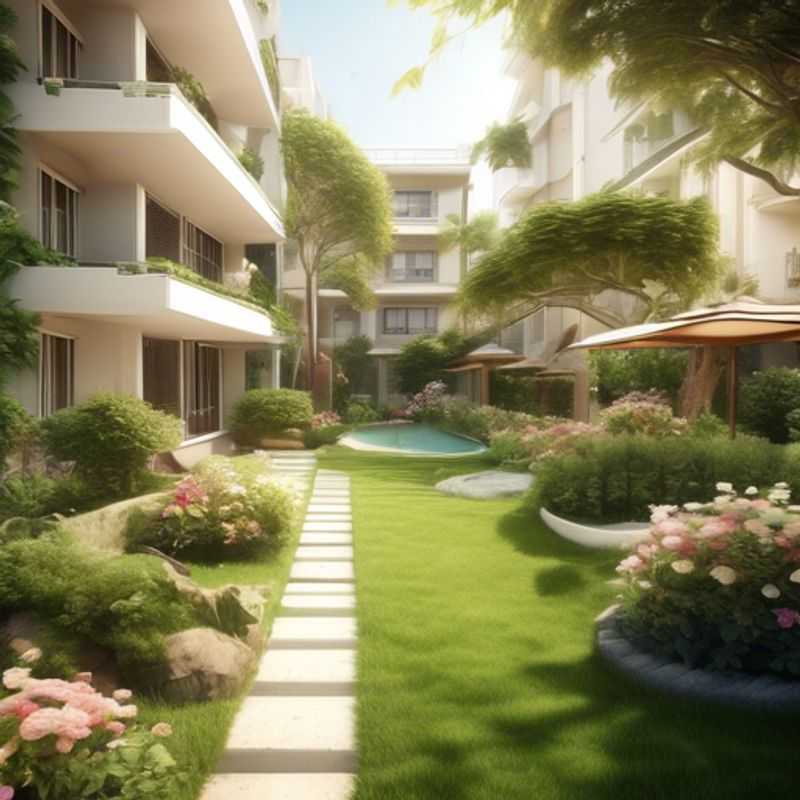
Unlocking Sunlight Secrets: How to Gauge Your Balcony or Patio's Sun Exposure
Determining the amount of sunlight your balcony or patio receives is crucial for planning its use and choosing the right plants. There are a few simple methods you can use to assess this. The most straightforward way is to simply observe the area throughout the day, noting the times when it's sunny and when it's shaded. This allows you to get a feel for the overall sunlight exposure.
Another way to get a more precise understanding is to use a sunlight calculator. These are often free online tools that require you to input your location and the specific coordinates of your balcony or patio. They can then generate a detailed diagram showing the sunlight hours at different times of the year. This can help you understand the patterns of sunlight throughout the day and year.
For even more accuracy, you can use a sunlight meter. These devices measure the intensity of sunlight and can provide a more detailed reading than visual observation. You can purchase a sunlight meter online or at a home improvement store.
Lastly, remember that trees and buildings can significantly impact sunlight exposure. Consider their positions and how they might cast shadows on your balcony or patio throughout the day.
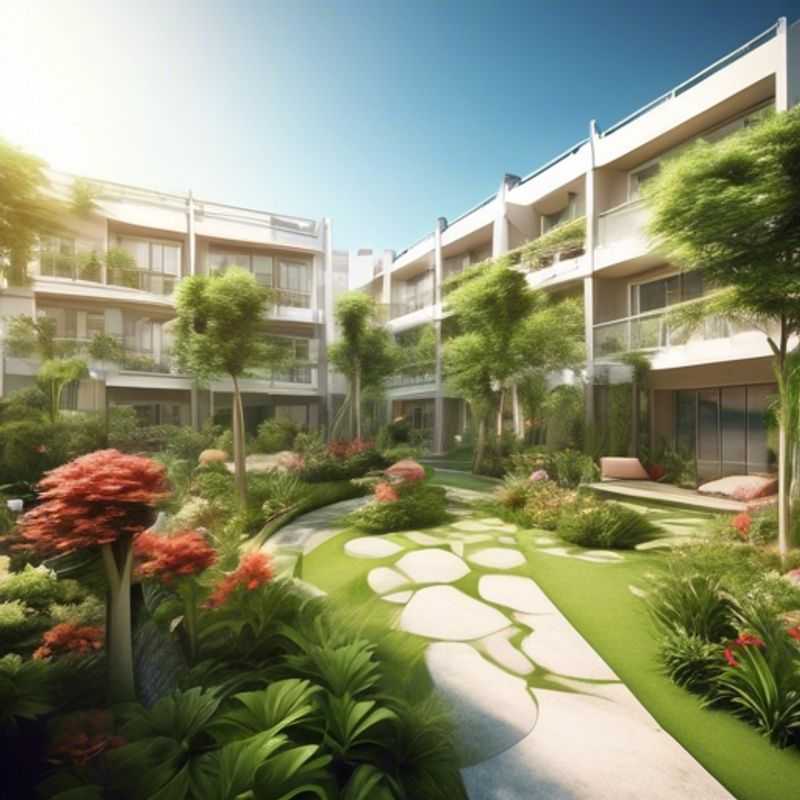
Choosing the Right Plants: A Guide to Climate and Growing Conditions
Choosing plants that are suitable for your climate and growing conditions is essential for successful gardening. Understanding your local climate, including temperature ranges, rainfall patterns, and sunlight availability, will guide your plant selection. For instance, tropical plants thrive in warm, humid conditions, while succulents prefer arid environments.
Additionally, consider the soil type in your garden. Sandy soils drain quickly, making them suitable for drought-tolerant plants, whereas clay soils retain moisture and support moisture-loving species. Conducting a simple soil test can reveal pH levels and nutrient content, which is crucial for plant health.
Another key factor is hardiness zones, which categorize regions based on their climate. These zones can help you identify which plants are likely to survive and thrive in your area. The USDA Plant Hardiness Zone Map is a widely used resource for this purpose.
When planning your garden, consider sunlight exposure. Assess areas of your garden for full sun, partial shade, or full shade. Different plants have varying sunlight requirements, and matching these to your garden's conditions is vital for their growth.
Lastly, consider the maintenance requirements of the plants you choose. Some plants require more care than others, including regular watering, pruning, and pest management. Selecting low-maintenance plants can save time and effort, especially for busy gardeners.
In summary, when choosing plants, focus on climate compatibility, soil conditions, hardiness zones, sunlight exposure, and maintenance needs. This approach will help you create a thriving garden tailored to your specific environment.
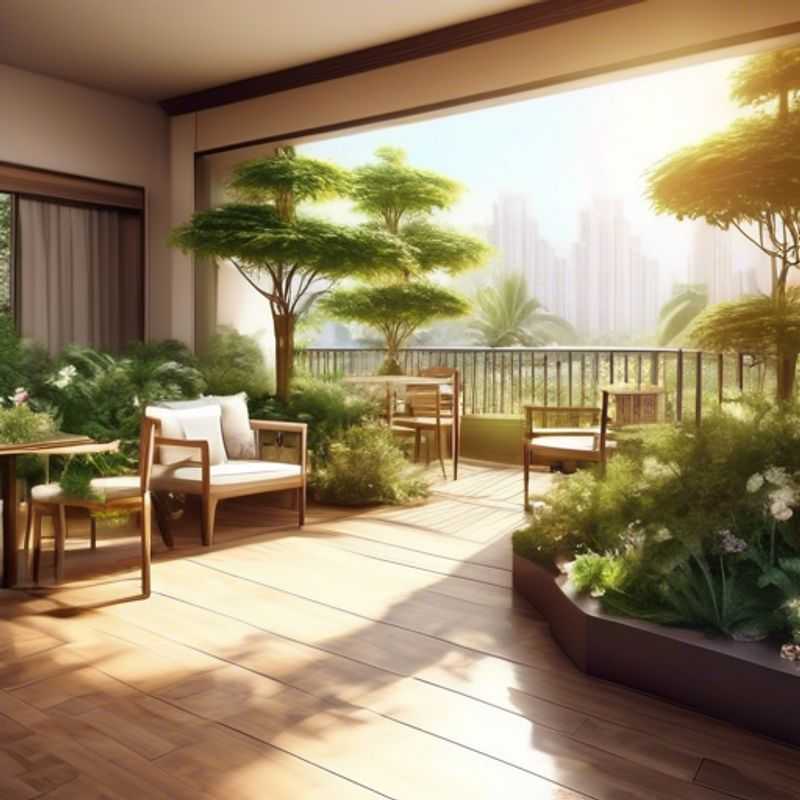
Don't Go Overboard: Weighing Your Balcony's Capacity
Before placing heavy items or furniture on your balcony or patio, it's crucial to know its weight capacity. This information ensures the safety of the structure and prevents potential accidents. You can often find the weight limit in the building's construction documents or contact the building owner or management company for details.
Here are a few key considerations when determining the weight capacity:
Balcony materials: Concrete balconies generally have higher weight capacities than wooden or metal ones. The size of the balcony also plays a role; larger balconies can typically handle more weight. The age and condition of the structure are also important factors. Over time, wear and tear can weaken a balcony and reduce its weight capacity.
Calculating the weight of furniture and other items you plan to place on the balcony can be done by weighing them individually or researching the manufacturer's specifications.
If you are unsure about the weight capacity or have any concerns about the structural integrity of your balcony, it's always best to consult with a qualified engineer or structural expert. They can provide a professional assessment and offer advice on safe usage.
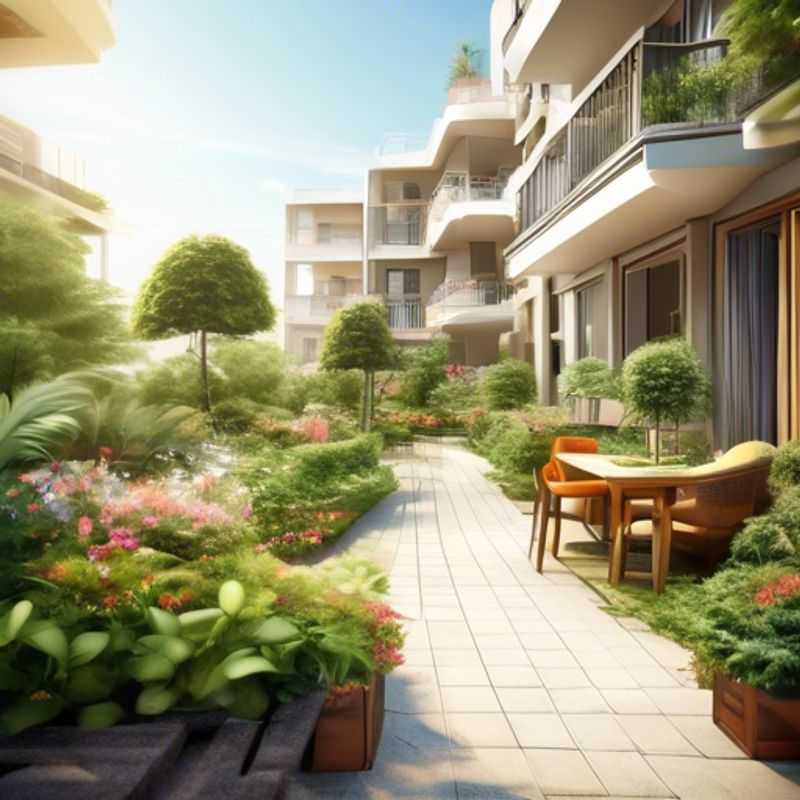
Designing a Symphony of Water: Planning for Proper Drainage and Irrigation
Proper drainage and irrigation are crucial for a healthy lawn and garden. A well-designed system will ensure adequate water supply, prevent waterlogging, and minimize soil erosion. Here's a summarized guide:
Drainage:
Drainage systems remove excess water from the soil, preventing root rot and other problems. They typically involve a network of pipes, trenches, or other structures that direct water away from the area. Consider factors like soil type, topography, and the amount of rainfall in your area.
Irrigation:
Irrigation systems deliver water to your plants, compensating for rainfall deficiencies. Different types exist, including sprinkler systems, drip irrigation, and soaker hoses. Choose a system that suits your needs and budget.
Planning and Installation:
Planning a drainage and irrigation system is essential. It involves considering the size of your property, soil type, water availability, and your specific needs. Installation can be DIY or handled by a professional. Professional installation often involves additional cost, but can ensure optimal performance.
Maintenance:
Maintaining your drainage and irrigation systems is important to ensure long-term functionality. Regular inspections, cleaning, and repairs are necessary.
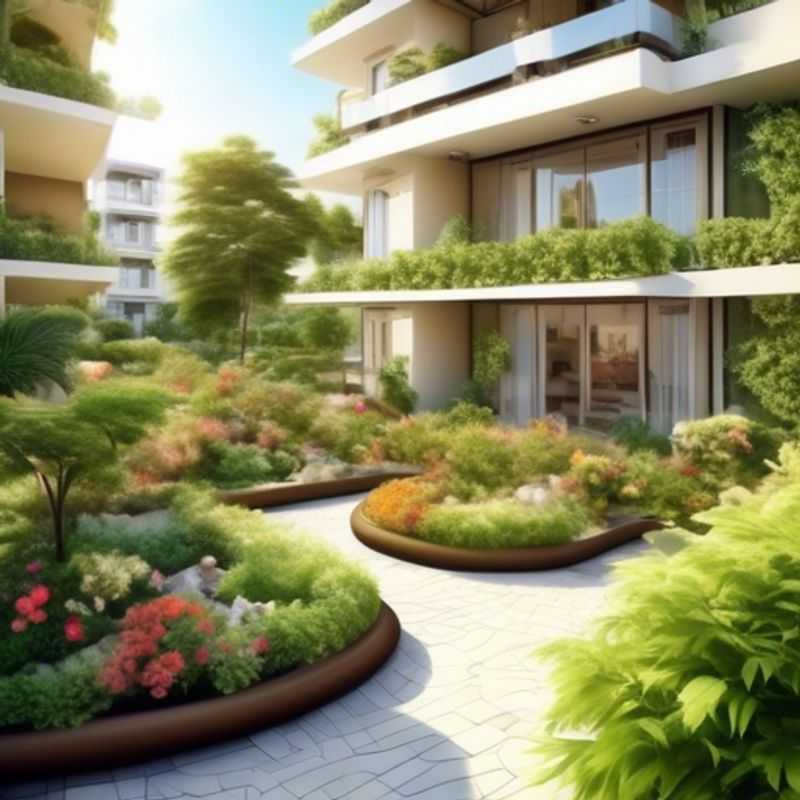
Invest Wisely: Durable and Weatherproof Garden Furniture for Lasting Enjoyment
Investing in durable and weatherproof garden furniture and accessories can be a wise choice for maximizing your enjoyment of your outdoor space. Durable materials like teak, aluminum, or high-quality plastic will withstand the elements and last for years. Weatherproofing features such as UV-resistant fabrics, water-resistant coatings, and rust-proof components will ensure your furniture remains in excellent condition. Consider the climate in your area and choose materials accordingly. If you experience extreme weather conditions, select furniture designed to resist specific challenges. Think about your needs and choose pieces that are comfortable, easy to maintain, and fit your aesthetic preferences.
While durable and weatherproof furniture often comes with a higher initial cost, it's important to consider the long-term value. By investing in quality, you'll save money in the long run by avoiding frequent replacements. Proper care and maintenance, including regular cleaning and storage during harsh weather, will extend the lifespan of your furniture. Consider professional services like cleaning or repairs for more complex maintenance tasks. When budgeting, factor in not only the cost of furniture but also any ongoing maintenance expenses.
Remember, investing in durable and weatherproof garden furniture and accessories is an investment in enjoying your outdoor space for years to come. Choose wisely, maintain it regularly, and get ready to experience the beauty and comfort of your garden in all seasons. Don't be afraid to explore options and find the perfect balance of durability, style, and practicality for your needs.
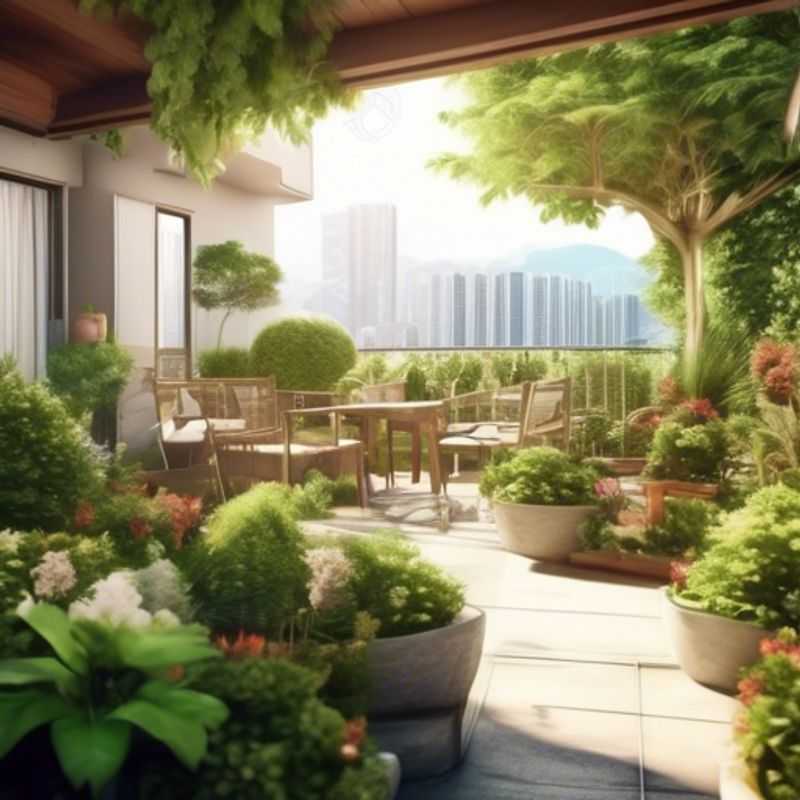
Maintaining Your Garden: A Guide to Keeping Your Green Oasis Flourishing
Maintaining a garden is a rewarding experience, but it requires regular attention to keep it looking its best. Here’s a concise guide to the key aspects:
Watering: Regular watering is crucial, especially during dry periods. The frequency and amount depend on the plant type, soil type, and weather conditions. Overwatering can be as detrimental as underwatering, so monitor the soil moisture.
Weeding: Weeds compete with your plants for nutrients and water. Regularly remove weeds, preferably by hand to avoid disturbing the soil.
Fertilizing: Plants need nutrients to thrive. Use a balanced fertilizer specifically formulated for your garden type and follow the application instructions.
Pruning: Pruning helps maintain the shape and health of plants. Remove dead, diseased, or damaged branches. Pruning can also encourage new growth and flowering.
Pest and Disease Control: Monitor your garden for pests and diseases. Identify the problem early and take appropriate action, whether it’s using natural solutions like insecticidal soap or consulting a professional for stronger treatments.
Mulching: Adding a layer of mulch around your plants offers several benefits: it helps retain moisture, suppress weeds, and regulate soil temperature. Choose a suitable mulch material like wood chips or shredded bark.
Seasonal Maintenance: Adjust your garden maintenance routine based on the season. For instance, fall involves cleaning up leaves and preparing for winter, while spring requires a thorough clean-up and new planting.
Remember, these are basic guidelines, and the specific needs of your garden may vary. Consulting a local gardening expert or researching your specific plants can provide more tailored advice.
